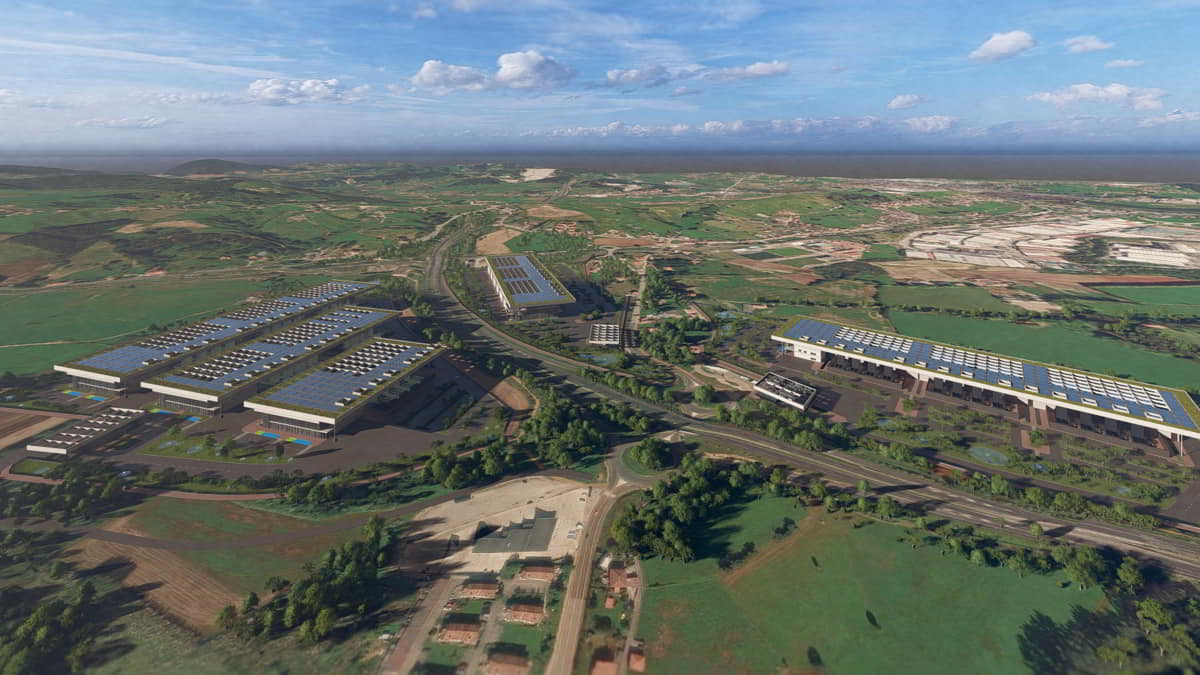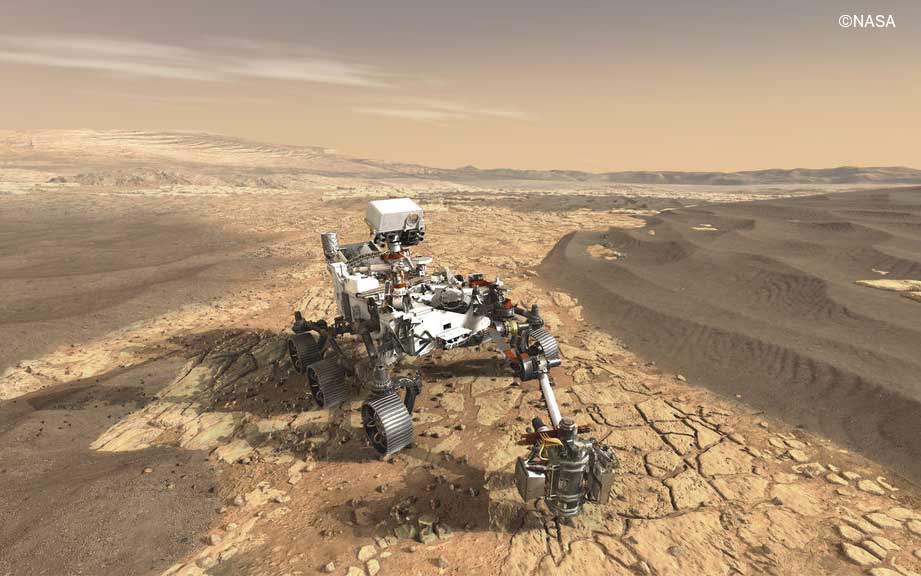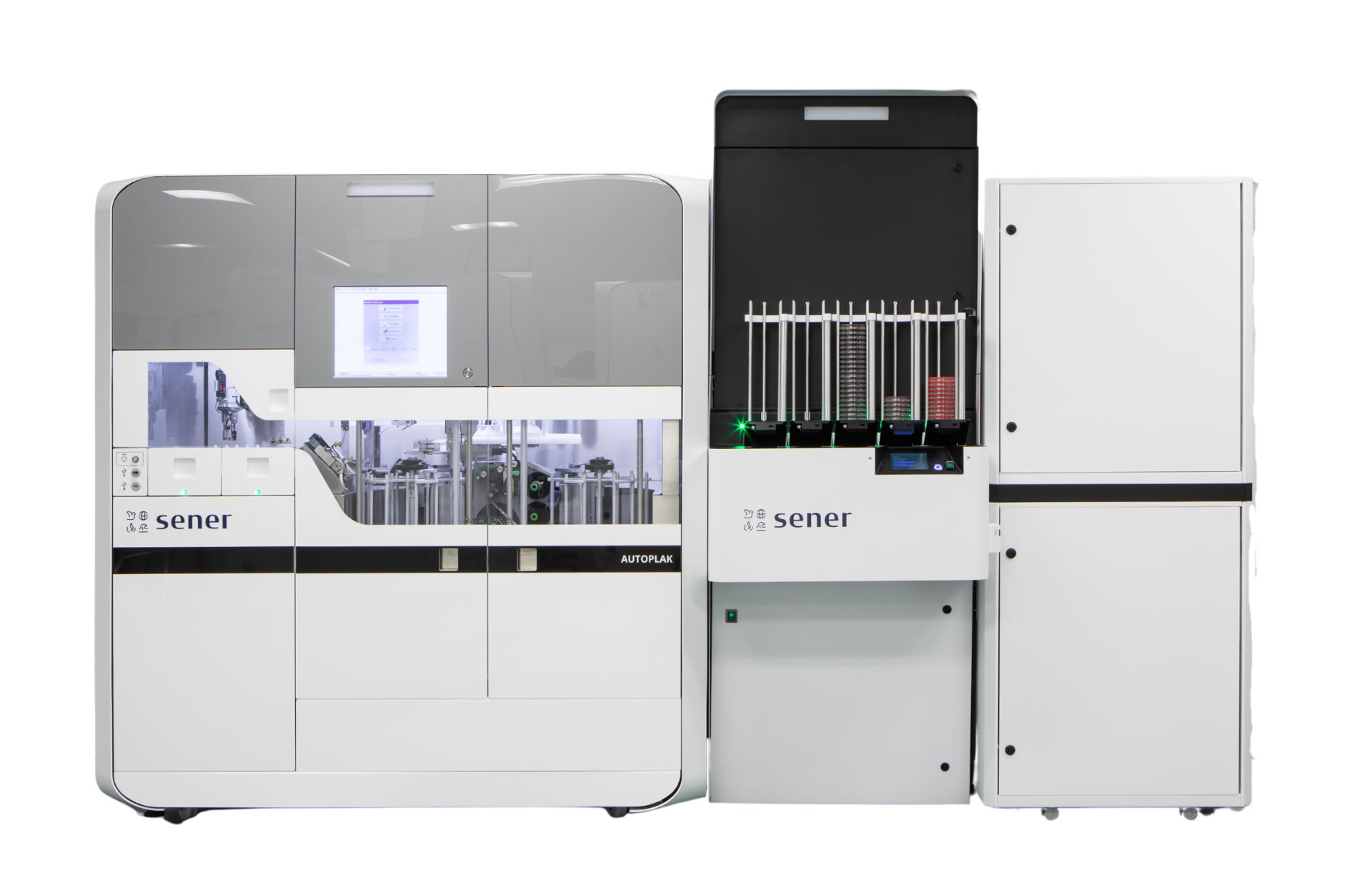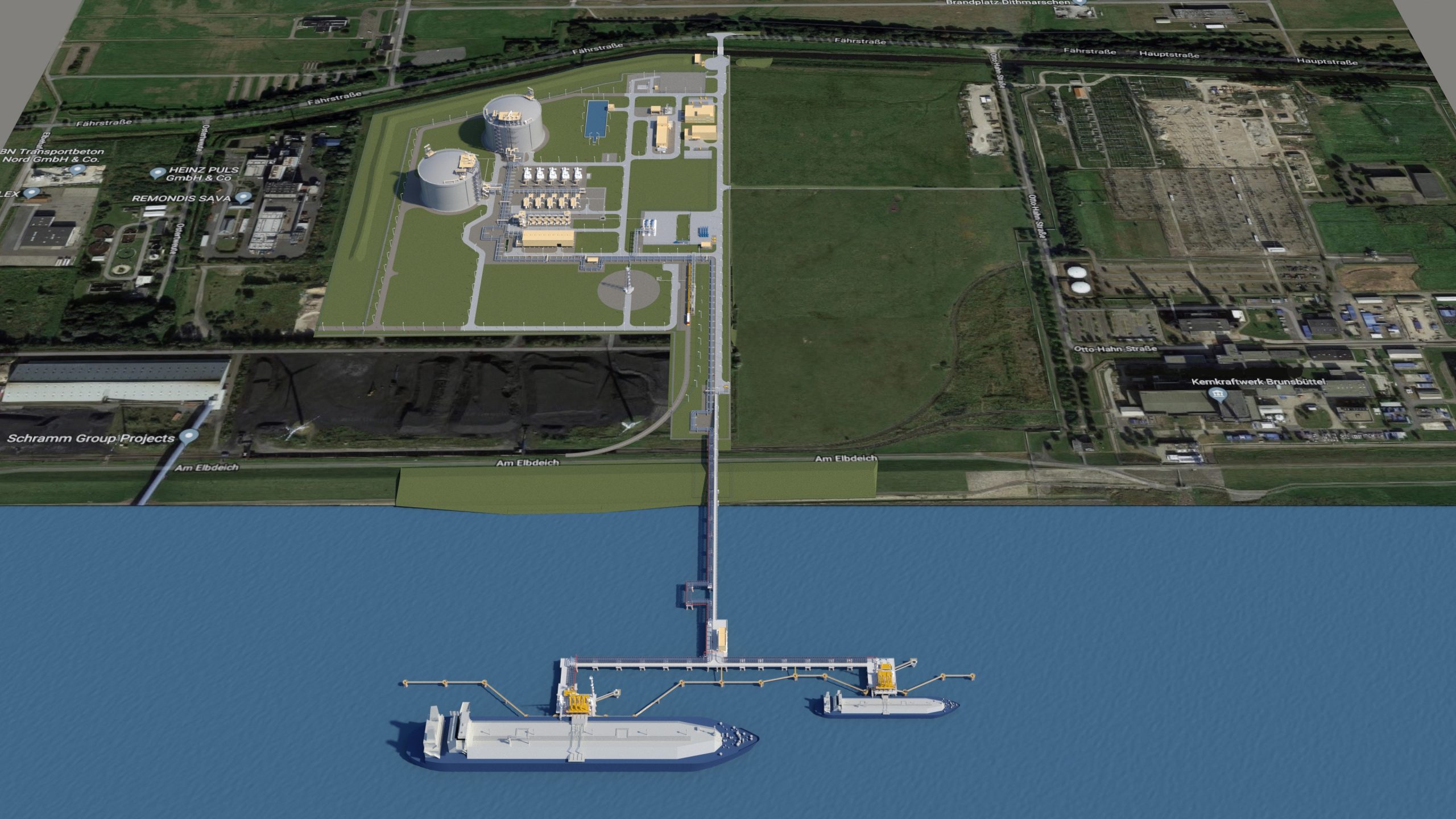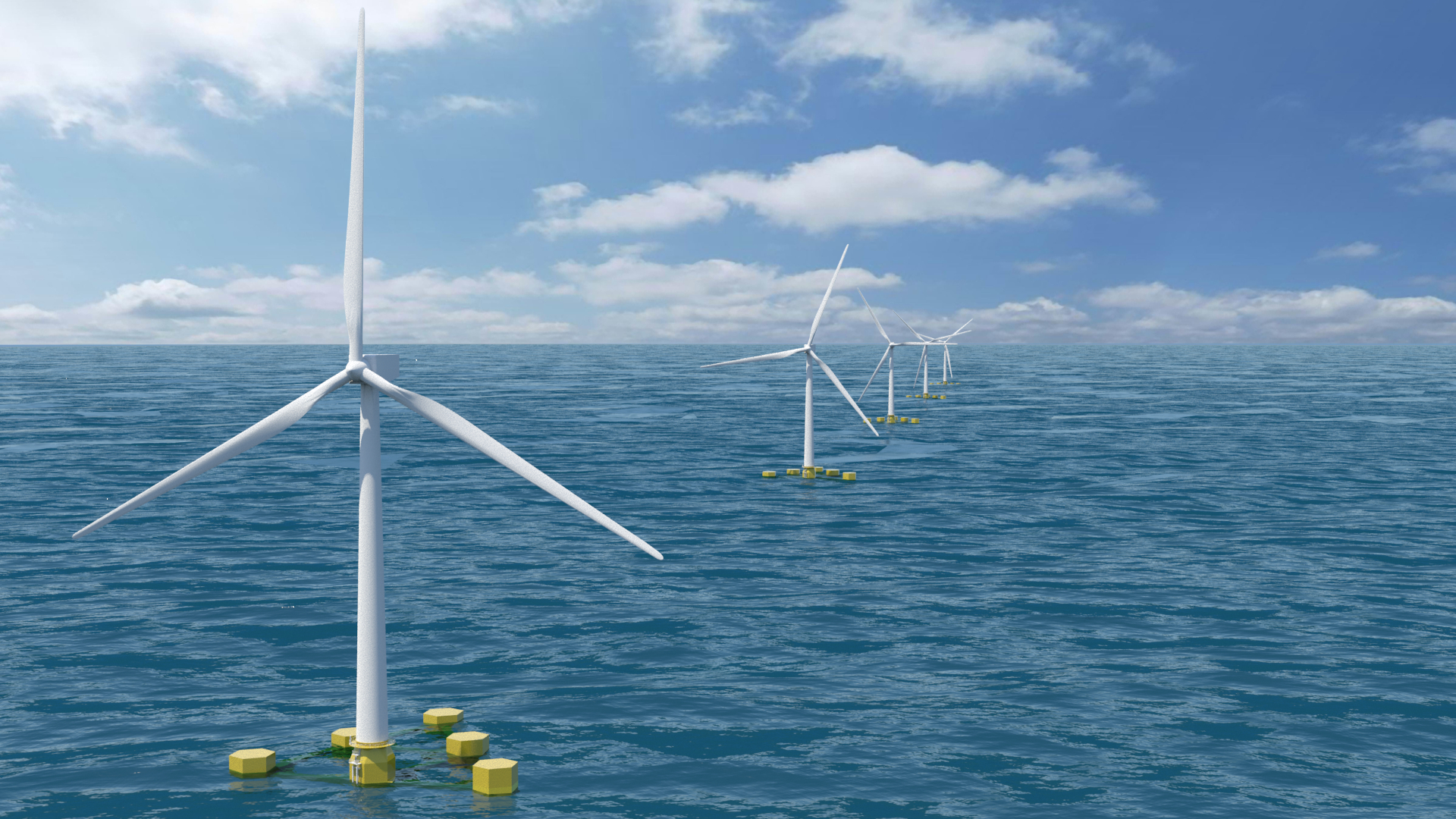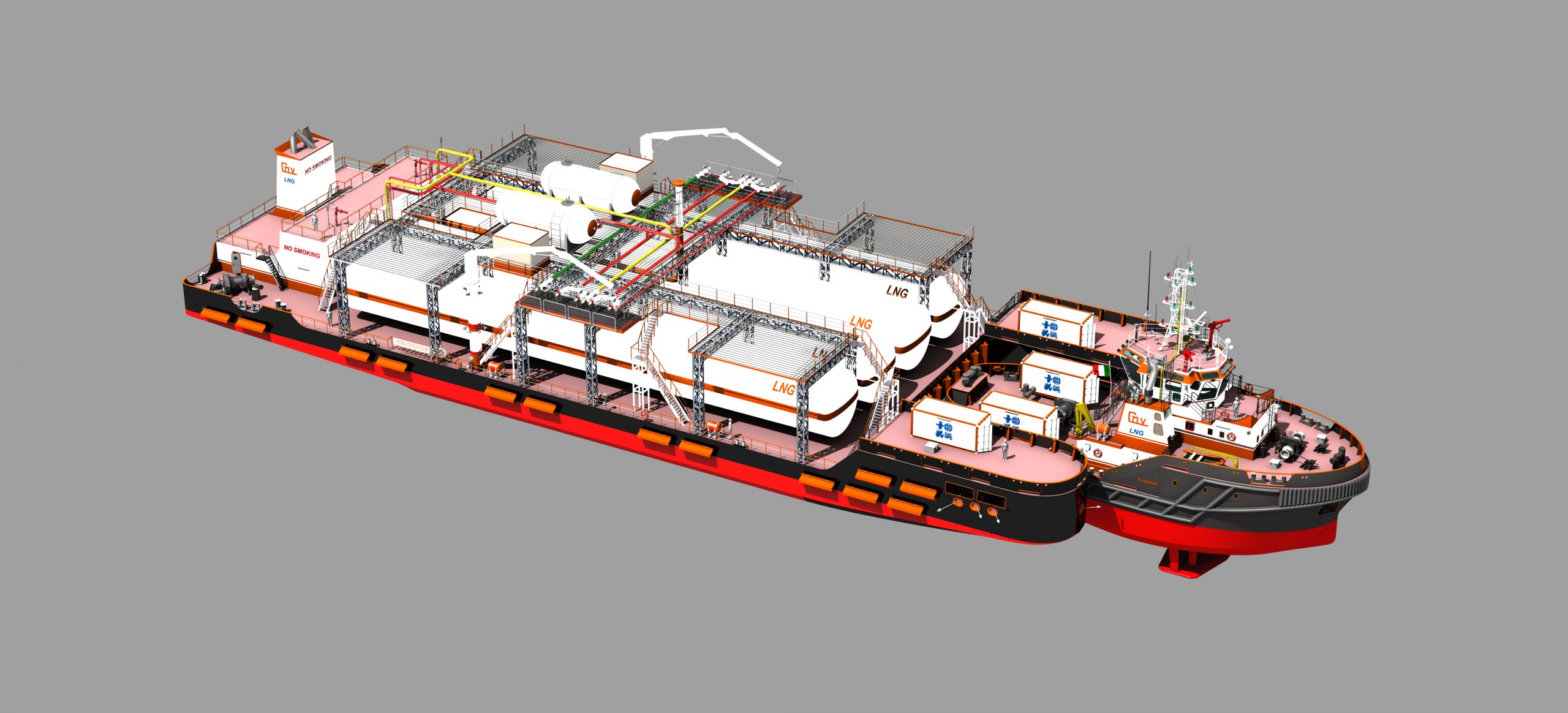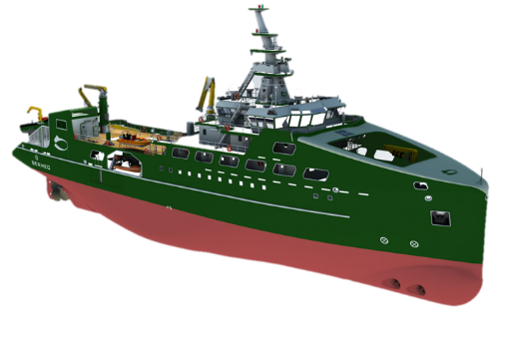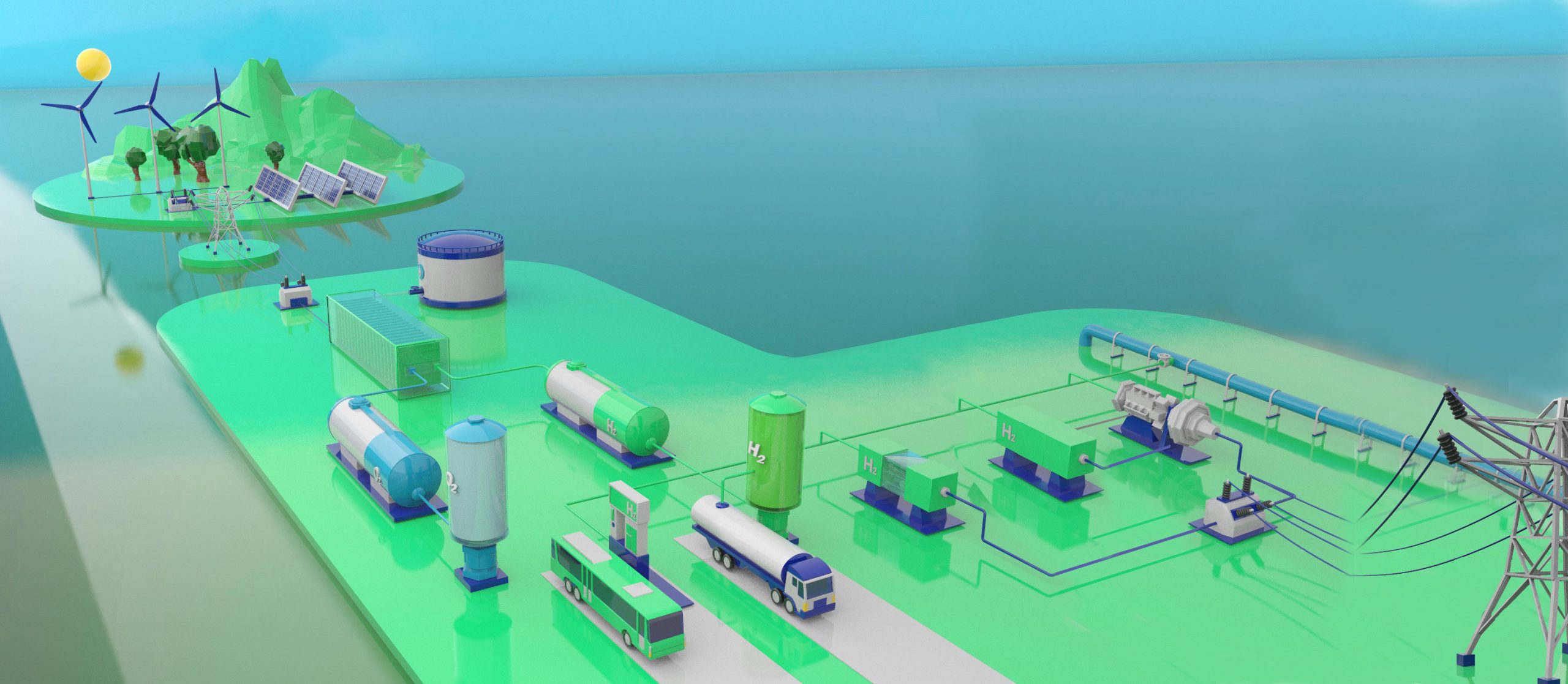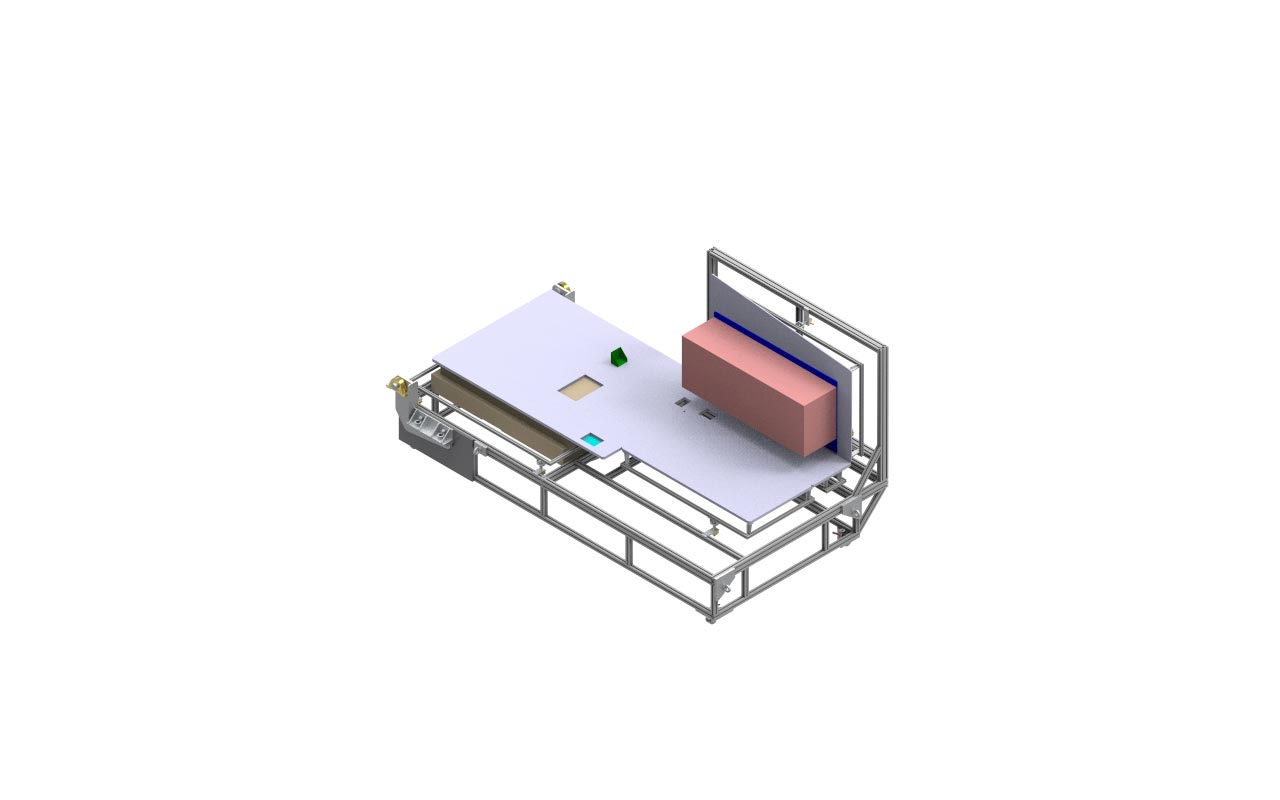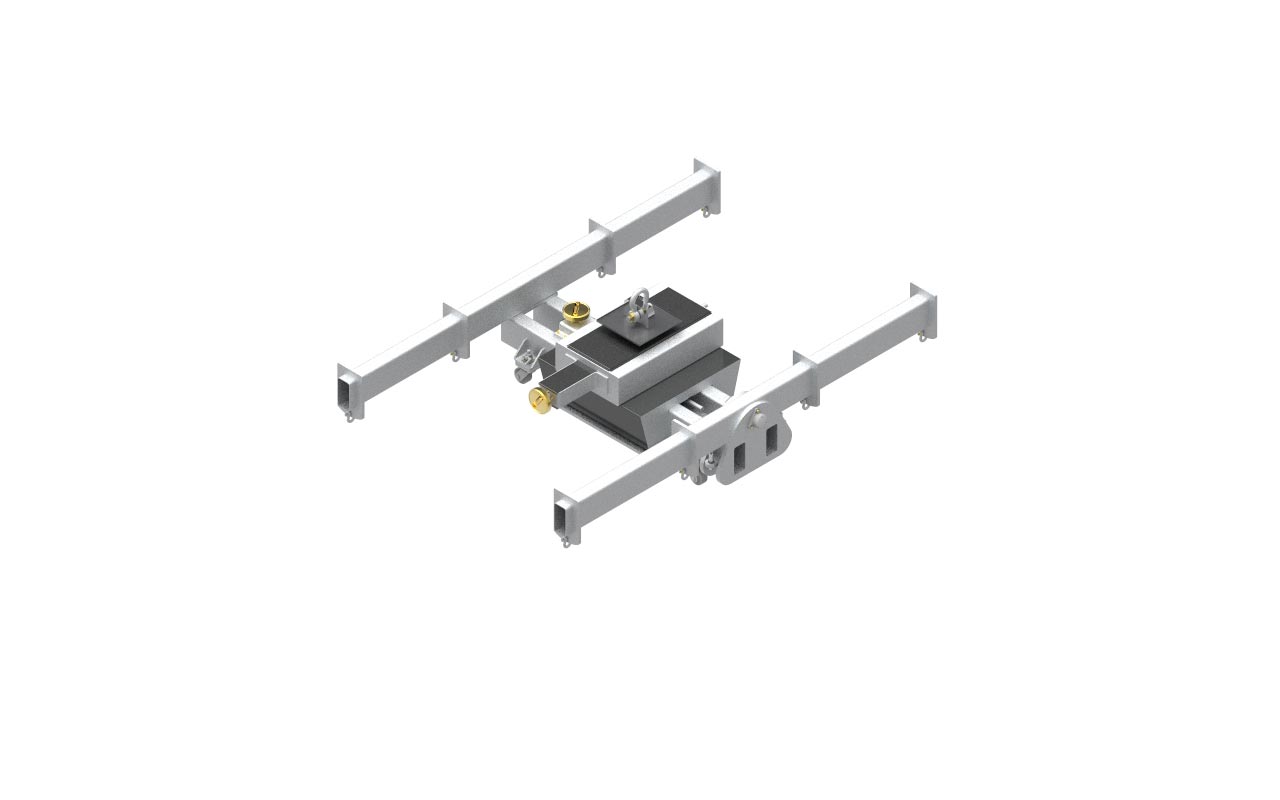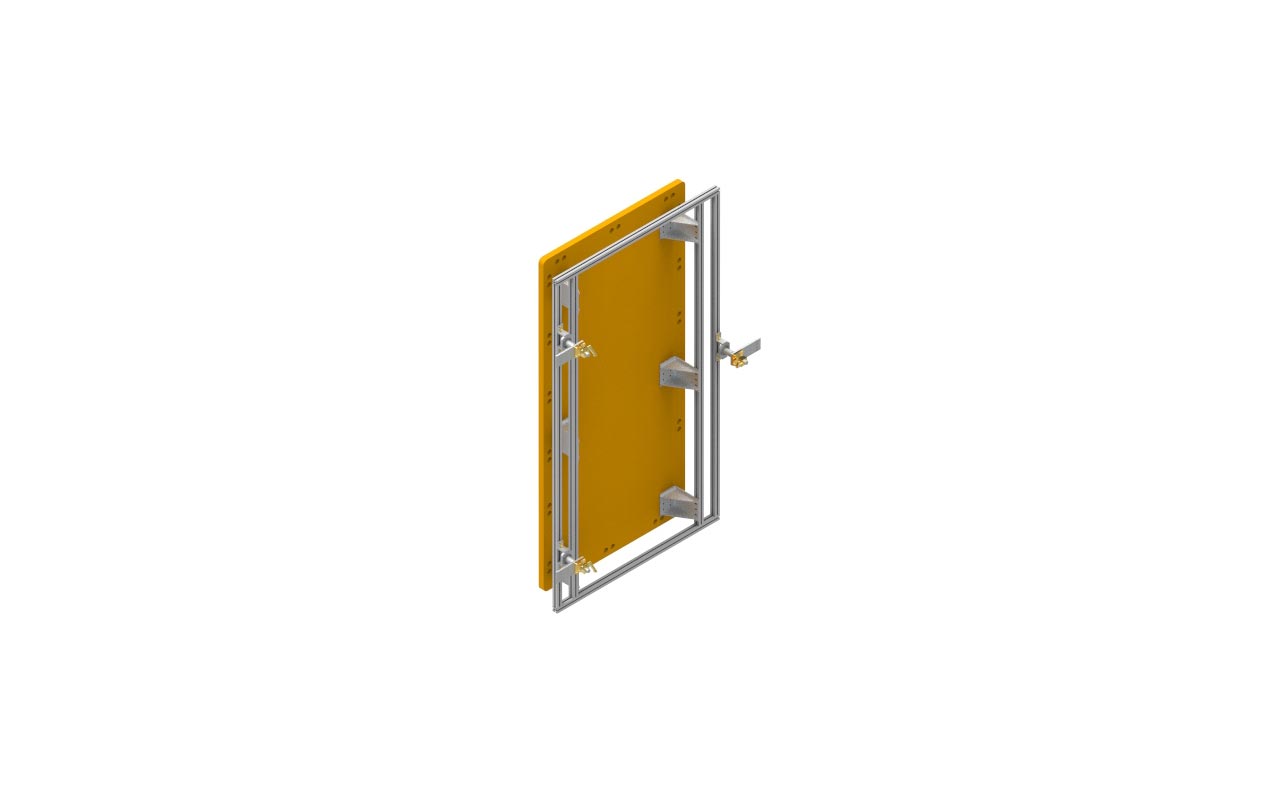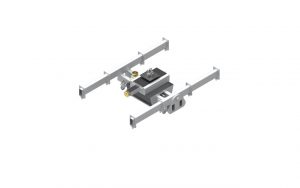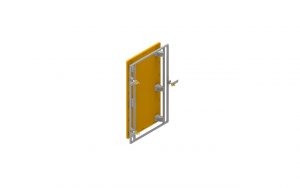Biomass Mechanical Ground Support Equipment (MGSE)
Sener, on behalf of OHB Italy, has designed, manufactured and tested all the devices for assembly of the Biomass satellite structure, including vertical transport equipment, assembly and disassembly of satellite panels, assembly and disassembly of the Synthetic Aperture Radar (SAR), which is the main research instrument, and the container for transporting the radar.
The devices for assembly of the SAR radar constitute the main challenge of the contract, because it contains a huge antenna with a diameter of 12 metres.
Sener, on behalf of OHB Italy, has designed, manufactured and tested all the devices for assembly of the Biomass satellite structure, including vertical transport equipment, assembly and disassembly of satellite panels, assembly and disassembly of the Synthetic Aperture Radar (SAR), which is the main research instrument, and the container for transporting the radar.
The devices for assembly of the SAR radar constitute the main challenge of the contract, because it contains a huge antenna with a diameter of 12 metres. The waves of this unique and innovative device will permeate tree canopy cover and scan trunks and branches. Due to the data obtained via the radar, a global three-dimensional forest map will be drawn every six months. This way scientists will access previously unattainable data on the quantity of carbon that reaches the atmosphere as a result of deforestation and the quantity of carbon absorbed by trees that grow back.
Biomass mission facts and curiosities:
- Vega rocket will transport the satellite to low Earth orbit
- Mission is scheduled to last at least 5 years
- Satellite dimensions: 10 x 12 x 20 metres
- Weight: 1,170 kg
- The measurements via Synthetic Aperture Radar (SAR) that uses P-band and 70- centimetre waves will be conducted from space for the rst time
- The unique sensitivity of the radar will enable it to generate 3D forest maps in 200 m resolution (1 pixel = 200 m)
The Biomass mission of the European Space Agency (ESA) is aimed at estimating forest biomass on our planet to better understand carbon cycle in the environment and global warming processes. We rarely think about it, but our life is dependent on trees that absorb carbon dioxide and produce oxygen. It is estimated by scientists that we have already lost half of the tropical forests that used to cover the Earth. The data on the scale of deforestation is, however, inaccurate as forest biomass on most territories on the Earth has not been precisely calculated. It is to change due to the Biomass satellite that is being developed under the ESA “Earth Explorer” programme.
The programme is aimed at finding answers to the most important scientific questions regarding the environment of our planet. Reliable data on changes in forest biomass will facilitate better understanding of climate changes that are happening. This data will also form basis for UN initiatives intended to reduce carbon emissions resulting from deforestation in developing countries (REDD+).

 About us
About us